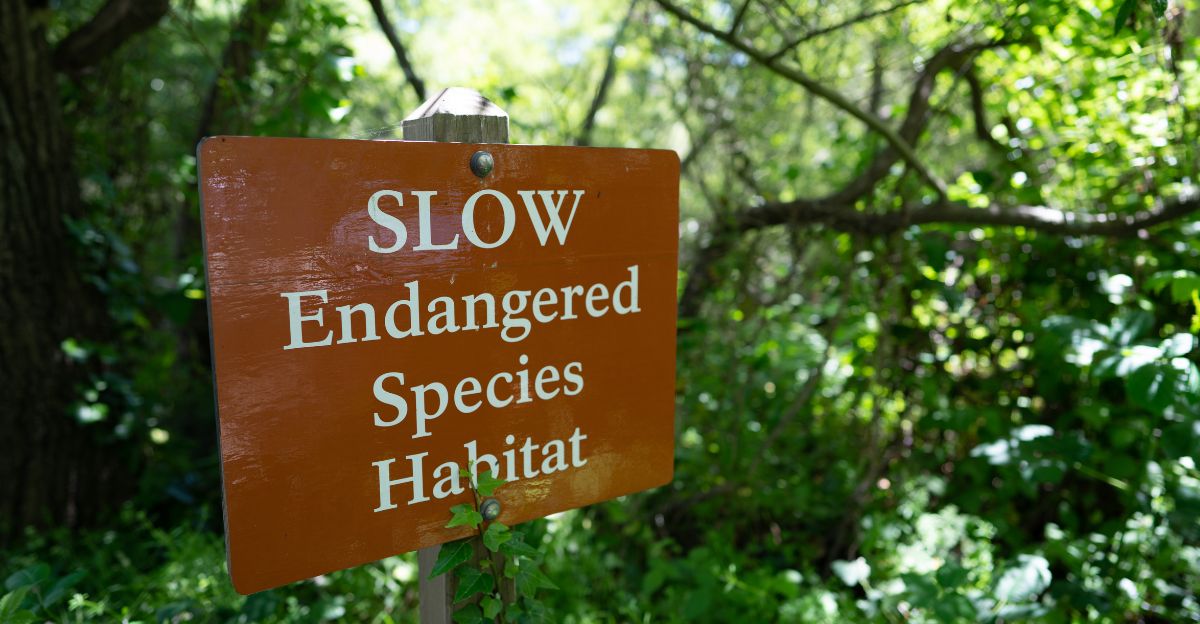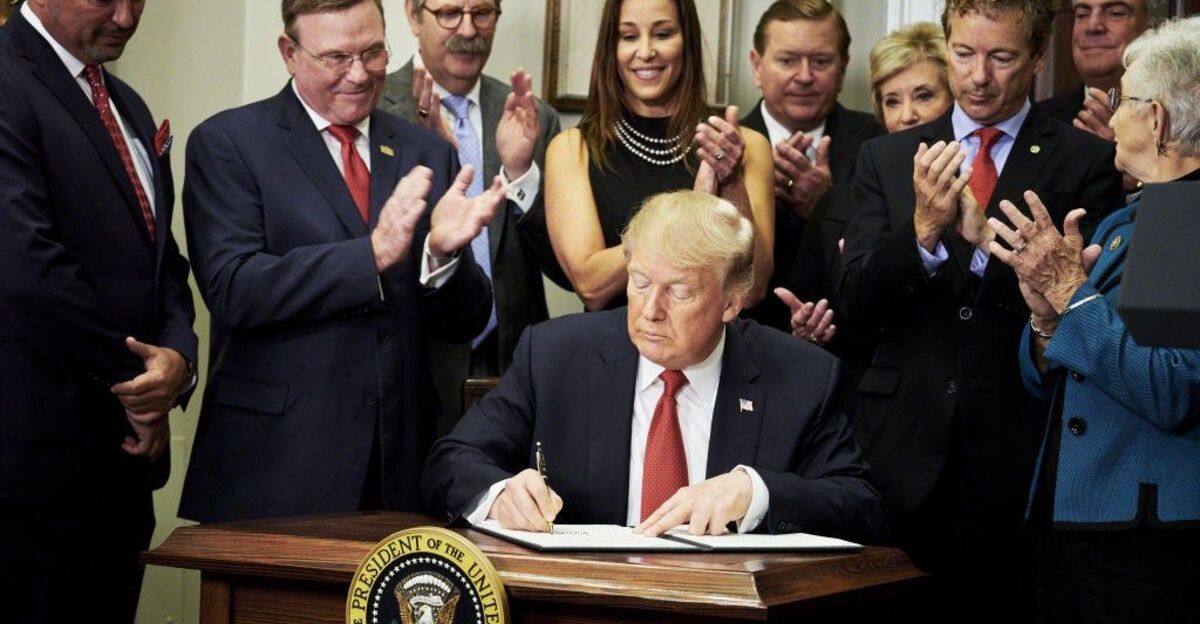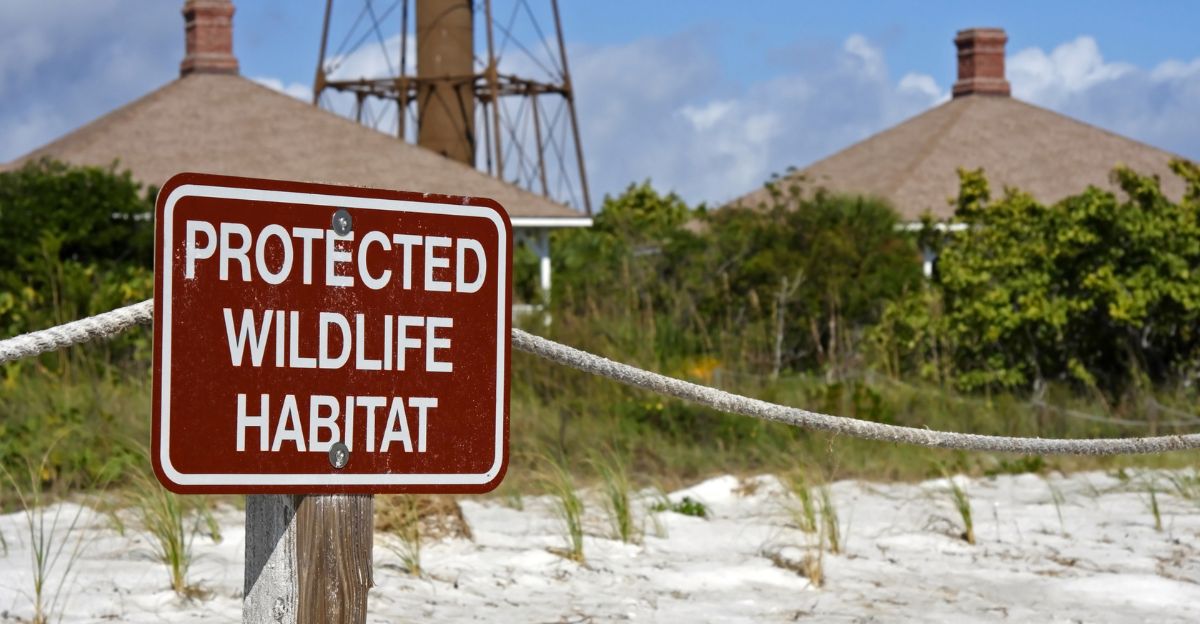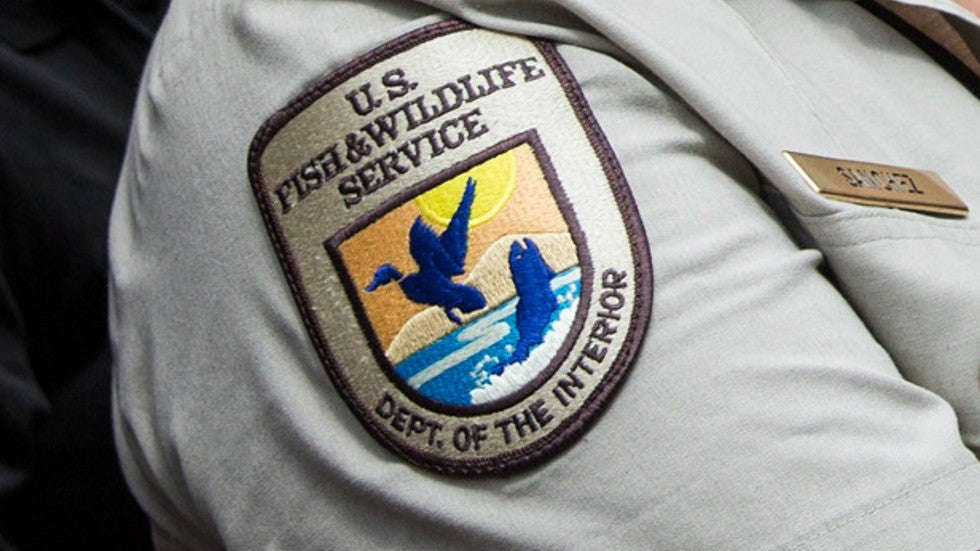
The Trump administration’s approach to the Endangered Species Act (ESA) has reignited fierce debate over America’s wildlife protections.
According to NPR, officials say ESA restrictions are “burdensome” to economic growth, while InsideClimate News reports White House interest in narrowing protected habitats.
Dr. David Wilcove, Princeton biologist, warns, “It’s going to be very hard to make progress” if policies keep shifting. This renewed attention puts endangered species policy center stage for Congress and the public.
Conservation Crisis

The scope of the controversy rapidly grew as the administration submitted new rules to soften habitat protections for endangered wildlife. Reuters notes over 1,700 species benefit from ESA’s current definitions.
“Take away habitat protections and you invite disaster,” says Andrew Bowman, CEO of Defenders of Wildlife. Rising extinction fears are now echoed across expert and advocacy networks.
ESA: A Legacy Law

Created five decades ago, the 1973 Endangered Species Act has been America’s strongest shield against extinction. Congress has defended and revised aspects several times, yet habitat protection remains a cornerstone.
“The ESA is an insurance policy for future Americans,” argues Brett Hartl of Center for Biological Diversity. This legal foundation underpins current conservation battles.
Pressures Mount

Lobbying by industry groups, agriculture, and property rights advocates has pressured regulators to ease ESA rules for years.
According to Earthjustice, developers and energy companies want a narrower definition to enable new projects.
Drew Caputo of Earthjustice says, “This misguided new proposal threatens a half-century of progress.” Strong, organized opposition continues to build.
Defining ‘Harm’

On April 16, 2025, the Trump administration proposed redefining “harm” in the ESA, removing habitat destruction as a prohibited act. NPR reports this rule would allow development even if it damages ecosystems.
“Habitat loss is the biggest single cause of extinction,” stresses Brett Hartl. Legal experts say this change could reverse years of conservation work overnight.
Western Fallout

States such as California and Oregon, home to hundreds of listed species, could experience dramatic changes in land management priorities. LA Times highlights threats to forest, wetland, and desert habitats.
“Local biodiversity is irreplaceable—once it’s gone, it’s gone forever,” cautions Dr. Rebecca Shaw of WWF. Regional conservation strategies are now in accelerated flux.
Voices of Resistance

Major environmental NGOs condemned the changes, organizing nationwide protests and letter-writing campaigns. “This is a direct attack on wildlife conservation,” declared Sierra Club Director Michael Brune.
The National Resources Defense Council called for restoring full habitat protections through legal action. Grassroots mobilization is reshaping public discourse.
Regulatory Maneuvers

In addition to redefining “harm,” executive orders expedited water and energy projects by suspending ESA consultation requirements in emergencies.
Harvard’s Environmental Law Program records an uptick in federal exemptions for new developments. “This sets a dangerous precedent,” says Professor Barry Rabe. Regulatory flexibility is now a contested policy tool.
Macro Trends, Micro Risks

Conservation biologists warn that habitat loss continues to be the primary driver of extinction globally. The U.S. Fish and Wildlife Service notes ESA protections have saved the grizzly bear and bald eagle.
“We risk undoing decades of hard-won progress,” cautions Dr. Camille Parmesan, University of Plymouth. Macro trends signal mounting vulnerability.
Court Challenges Loom

Legal scholars predict immediate lawsuits as Supreme Court precedent has long upheld broad harm definitions. The Center for Biological Diversity is preparing challenges citing the landmark Babbitt v. Sweet Home case.
“The administration is rewriting basic biology,” says Drew Caputo. Litigation will shape the next phase of ESA enforcement.
Agency Tensions Erupt

Internal documents show Fish and Wildlife Service staff raising alarms about weakened enforcement. According to MSU Today, career scientists urge preserving habitat protections for species’ breeding and feeding.
“We need to trust the science,” says Dr. Mary Moser, aquatic biologist. Morale issues are surfacing within federal agencies.
Leadership Turbulence

Controversy has triggered turnover among federal agency leaders. Harvard Law notes resignations at the National Marine Fisheries Service and Fish & Wildlife Service.
“Losing experienced staff weakens oversight,” explains Professor Emily Hammond, George Washington University. Agencies confront instability as new appointees shape direction.
Advocacy Strikes Back

In response, advocacy organizations launched new campaigns pushing for state-level endangered species protections. Reuters describes coalitions forming in democratically controlled states to maintain habitat safeguards.
“States must fill gaps left by federal action,” asserts Rachel Golden Kroner, Conservation Lands Foundation. This local activism is gaining momentum.
Expert Analysis

Legal experts and academics emphasize that narrowing ESA rules could make reversing extinction trends much harder. DW reports broad consensus among policy researchers on the danger of excluding habitat impacts.
“Long-term harm far outweighs short-term economic gains,” says Professor Barry Rabe. Expert skepticism is clear and widespread.
The Road Ahead

With lawsuits looming and political battles intensifying, it remains uncertain how far new ESA rules will reach. NY Times suggests the case will likely reach federal courts in the next year.
“There are real questions about what the law will mean for future conservation,” notes Dr. John Vucetich, Michigan Technological University. The future remains in flux.
Political Shockwaves

Environmental policy has become a hot election-year issue, and Democrats in Congress pledge to reverse ESA rollbacks. InsideClimate News reports broad caucus support for restoring habitat protections.
“Congress has a duty to protect our wildlife,” stated Rep. Deb Haaland. Policy reform may ultimately hinge on next year’s political outcomes.
International Echoes

Foreign governments and conservation groups warn that weakened ESA standards may undermine global efforts to protect threatened species.
Reuters highlights similar legislative debates in Australia and Canada. “America must set a better example,” says Dr. Sarah Bekessy, RMIT University. The ripple effects of U.S. regulatory change extend overseas.
Legal and Environmental Fallout

Lawsuits are underway, as Earthjustice and Center for Biological Diversity challenge new federal standards. Harvard Law notes courts have historically favored strong habitat protections.
“It’s up to the judges to safeguard the law,” says attorney Brett Hartl. Ongoing litigation will define the durability of ESA protections.
Cultural and Generational Shifts

Public opinion research shows rising support for wildlife protections, especially among younger Americans. NPR’s poll finds nearly 90% favor strong ESA rules.
“Young people demand environmental responsibility,” reports Erin Curtis, Pew Research. The debate reflects evolving cultural values and the moral urgency of conservation.
Broader Meaning

This moment captures the tension between economic development and environmental stewardship in the U.S. According to InsideClimate News, decisions made today will shape biodiversity for future generations.
“We must ask what kind of planet we want to leave behind,” concludes Dr. David Wilcove. The ESA debate remains a touchstone for American values and priorities.